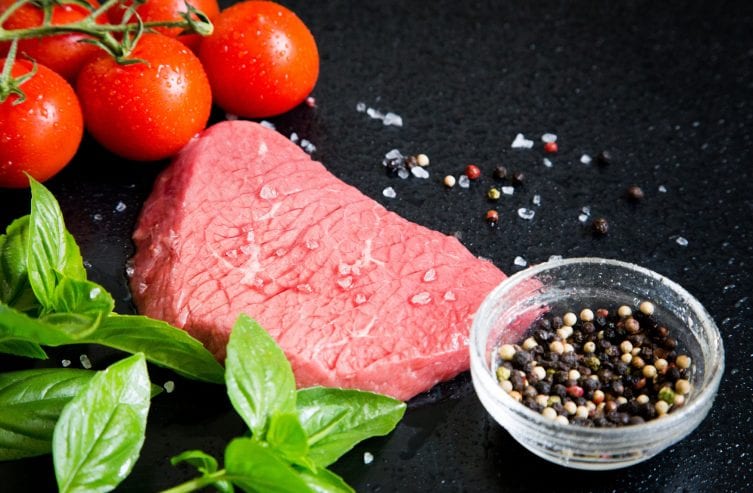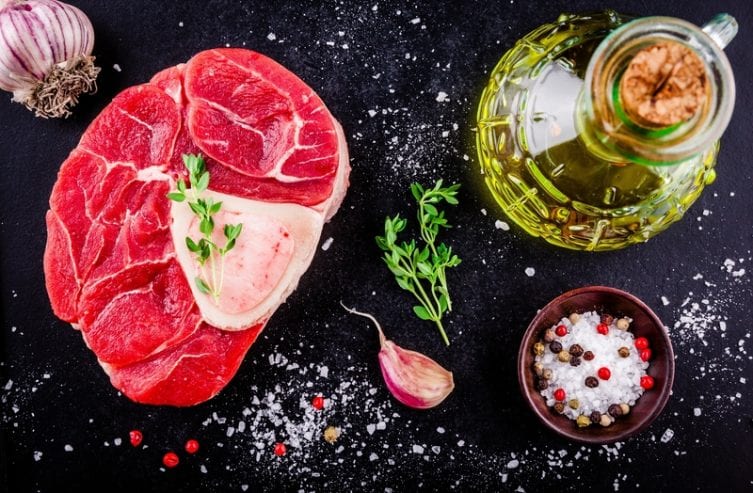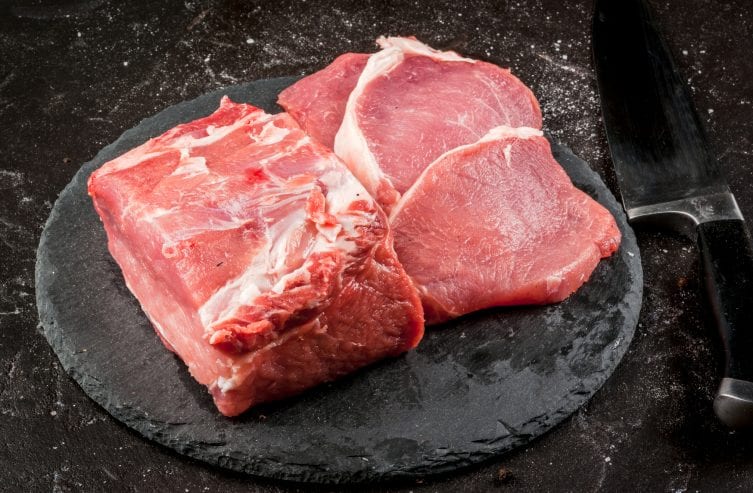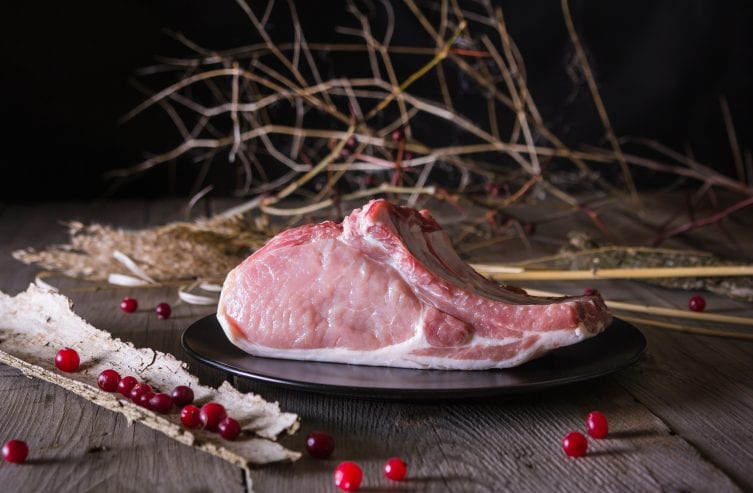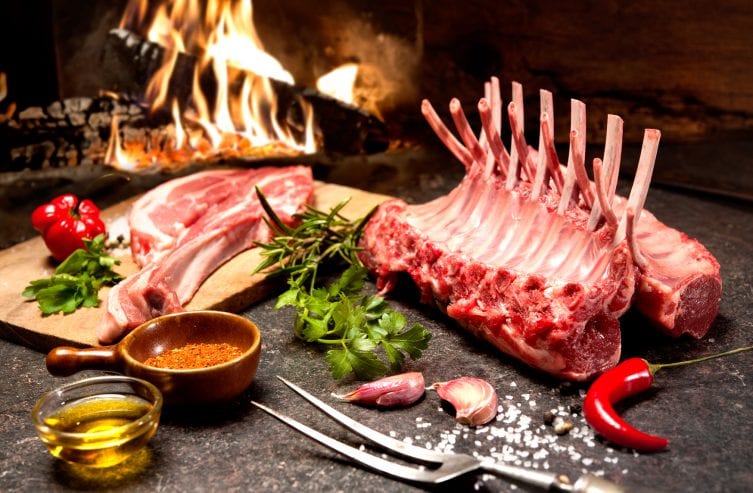Our ancestors realized long ago by storing meat in the right way a lot less of it goes to waste. Meat was smoked, cured or pickled to survive the long cold winters. Later, these methods were used to provide culinary variations to seafarers on their long journeys.
Nowadays, we understand that the correct storage of food significantly slows down the development of bacteria. Refrigeration and freezing have made storing and ultimately consuming meat a lot easier and safer.

Tips for Buying and Storing Meat:
- Buy your meat as late into your shopping trip as possible.
- Ask your butcher or check the packaging for the origin of your meat. With the exception of specialties, you should be able to source most meats from local production.
- Keep the trip home as short as possible and try to keep the meat as cool as possible. For example, use a cold bag with a cold battery.
- Do not leave the meat in its own juices. Clean and repack the meat if necessary.
- Vacuum wrapped meat has a longer shelf life. Take note of the use by date and check that the packaging is not damaged. If there is air in the package, bacteria have also come in.
- Meat in the refrigerator is best kept in a sealable glass container. A wooden bowl or shelf is not suitable.
- Beef minced must be heated within 24 hours.
Beef
Beef has been an important part of our diet for a long time. Good quality beef provides us with valuable nutrients and vitamins. Beef is a collective name for male or female cattle of different ages.
Although the label does not always accurately indicate what type of meat it is going to make a distinction. Veal is light pink, young vein is light red, beef beef is bright red and beef meat is dark red.
Beef can be prepared in many different ways. Which piece is suitable for which preparation depends on the structure of the meat. Flavored beef is suitable for grilling or baking, the coarse wire is more suitable for stoves or slow cooking.
Beef is stored for 1 day in the refrigerator and 7 days in a BioFresh DrySafe. Make sure the meat is not in its own moisture by placing it with a grid on a plate or bowl. You can freeze beef by packing it in an airtight bag and label it with the date of freezing. For even better results, vacuum wrap beef. Frozen beef can be stored for up to 12 months.
Pork
Pork meat is used in many different ways and in a wide range of dishes, the most well known probably being pork chops and “Schnitzel Wiener Art”, using pork instead of veal for this classic dish.
When buying pork, make sure the meat has a beautiful pink color. If the meat is very pale or dark and watery, it may be an indicator of lesser quality.
Fresh pork can be stored in a regular refrigerator for 1 day and in a BioFresh DrySafe for up to 7 days. Freeze pork using an airtight bag which you should label with the date of freezing. Pork can be stored in the freezer for up to 6 months.
Poultry
An important source of food, poultry is a collective name for birds that can be used for their eggs, meat and feathers. Chicken, geese and ducks are kept all over the world. The meat offers many important nutrients. It offers high-quality proteins, vitamins, minerals and good fatty acids. All good reasons to regularly put poultry on the menu. Fresh poultry is very delicate and should be brought home as quickly as possible, preferably in a cool bag. If you
Keep poultry on a grid underneath a plate and cover with household foil. The grid prevents the meat from being in its own moisture. Poultry can be stored in the refrigerator for 1 day and for up to 6 days in a BioFresh DrySafe. Vacuum packaged poultry can be stored in the freezer for up to 6 months.
Veal
Cattle up to eight months old are referred to as calves. Depending on the breed, they are bred for meat or milk production. Veal, like pork, is used in many different ways: roasted, steak, a rolling tray or a classic calf fillet. Veal is always a good choice for a festive meal. Of course, we should not forget the Wiener Schnitzel (if you encounter Schnitzer Wiener Art on the card, that is made of pork schnitzel and not of veal). Veal is well-stocked, make sure that the meat has a light red color. Carefully prepared, veal is seen by many chefs as ‘culinary top’.
Fresh veal can be stored in the fridge for day or up to 7 days in a BioFresh drawer. Veal can be frozen in an airtight bag with a label and date, a vacuum bag is even better. You can store veal in your freezer for up to 12 months.
Lamb
Lamb meat comes from sheep less than a year old. Professional chefs consider the lamb as one of the best meat types. Sheep and lambs have a long history as pets because they are an important source of wool, milk and meat. The light red lamb is tender and juicy and combines excellently with a wide assortment of herbs such as thyme, rosemary and mint. Lamb meat is relatively lean meat with high quality protein and a great complement to a balanced diet.
Fresh lamb can be stored in the refrigerator for 1 day. Make the meat dry and coat it with household foil before placing it in the fridge. In the BioFresh, lamb can be stored for up to 7 days. Lamb can be frozen in an airtight or, ideally, a vacuum bag. You can keep lamb in the freezer for up to 10 months.
Game
Game derives from the world of hunting, and many foodies see it as a real treat.
Although the traditional hunting season runs from autumn to winter, game is available throughout the year. Buying fresh meat is generally the better option at the butcher, pond or specialized shop.
Most game can be stored for 1 day in the refrigerator and up to 7 days in BioFresh. Make sure that the game is not in its own moisture, preferably placing it on a grid or plate or in a bowl. Freezing can be freeze-wrapped in an airtight bag with label and date, even better. Frozen game can be stored in the freezer for up to 9 months.
